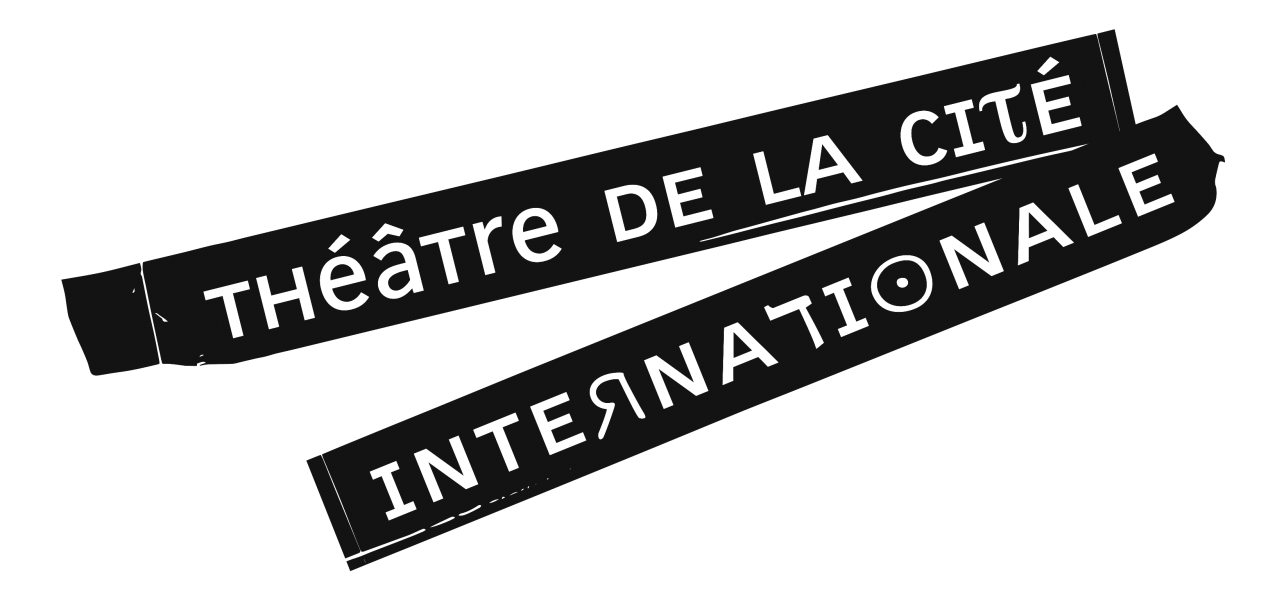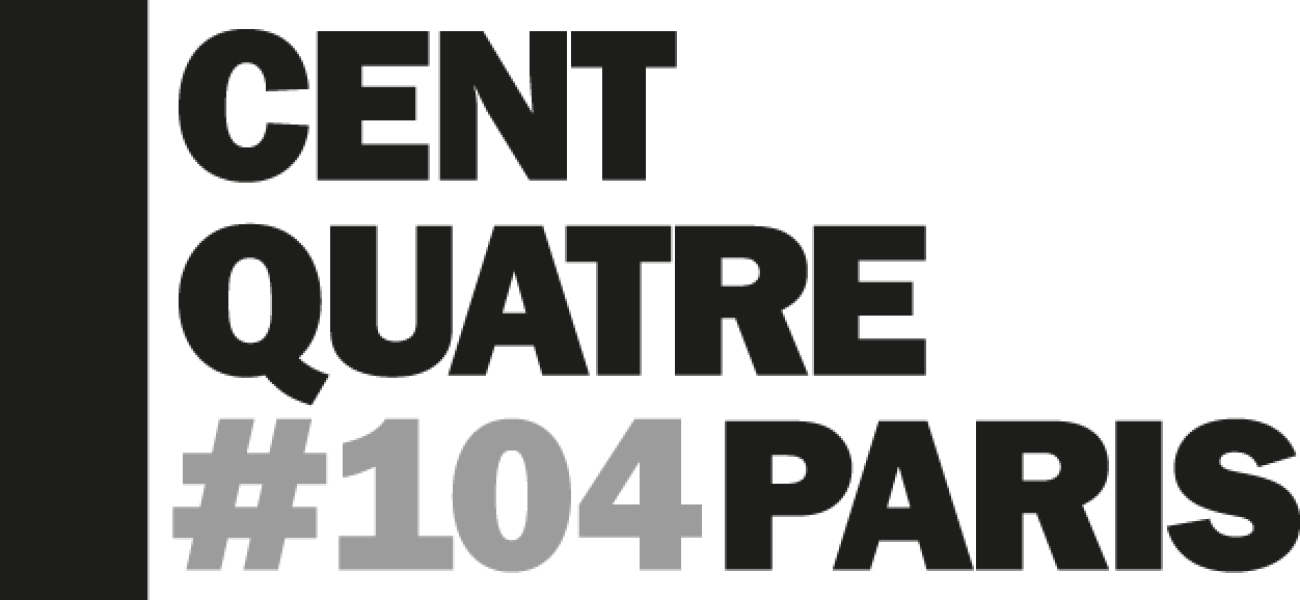Alessandro Sciarroni
Aurora
novembernov 23 – 27
decemberdec 2 – 4
Choreography, Alessandro Sciarroni
With Alexandre Almeida, Emmanuel Coutris, Charlotte Hartz, Matej Ledinek, Damien Modolo, Emanuele Nicolò, Matteo Ramponi, Marcel van Beijnen, en alternance, Sebastiaan Barneveld, Dimitri Bernardi
Visual documentation and dramaturgical collaboration, Cosimo Terlizzi
Lighting design, Alessandro Sciarroni, Valeria Foti, Cosimo Maggini
Music, Pablo Esbert Lilenfeld
Dramaturgical consultant and casting, Sergio Lo Gatto
Artistic collaboration, Francesca Foscarini, Francesca Grilli, Matteo Maffesanti, Eric Minh, Cuong Castaing, Cosimo Terlizzi
A MARCHE TEATRO Teatro di Rilevante Interesse Culturale production // With support from the Hermès Fondation as part of its New Settings programme // In coproduction with Mercat de les Flors ; Torinodanza Festival ; Kunstenfestivaldesarts (Brussels) − Halles de Schaerbeek ; Comune di Bassano del Grappa − CSC Centro per la scena contemporanea ; Centrale Fies ; SZENE Salzburg dans le cadre de APAP Advancing Performing Arts Project ; Espace Malraux Scène Nationale de Chambéry et de Savoie ; VOORUIT // In partnership with Théâtre de la Cité internationale ; Le CENTQUATRE-PARIS ; Festival d’Automne à Paris // With support from CND, un centre d’art pour la danse ; Graner Centre de Creació ; Dansehallerne − Copenhagen // Executive producer, Corpoceleste_C.C.00# First performance on 24 October 2015 at Festival Torinodanza
Aurora is the third part of a triptych by the Italian choreographer Alessandro Sciarroni. The titles of the first two were Folk-s and Untitled. What links these three pieces together? Naturally, it has nothing to do with narrative, nor story, nor characters, but rather with a formal principle: that of taking an activity or practice that already exists outside of the realms of theatre, and then giving it staging and rhythm to see the effect it has. Folk-s was conceived on these lines using a folklore dance that has been popular in the Tyrolean region for some years, Untitled took a fresh look at juggling, and Aurora tackles the little-known sport of goalball. This sport, a paralympic discipline, is the domain of the blind or visually impaired. A mixture of handball and football, its participants compete in two teams of three. The aim is to direct the ball (roughly the same size as a basket-ball) into special cages running along the length of the playing area. Attackers are only allowed to use their hands, meanwhile defenders can use their whole body to protect their goal area. Inside the ball is a bell, enabling the players to locate the ball. Alessandro Sciarroni has clearly been drawn to this sport in particular. As a choreographer whose dance displays an immense sensitivity to rhythm in all its forms, this sport has enabled him to create a dramaturgical structure that hinges as much on the circulation of sounds as on the construction of powerful images.
In the same place

